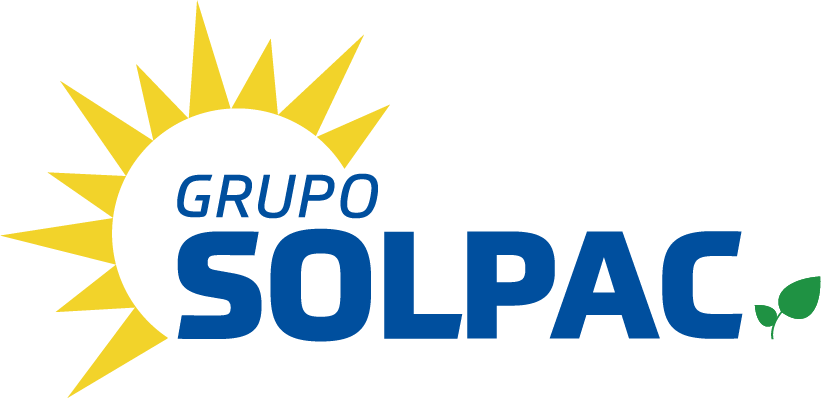At M&G we are firm believers in the benefits of active management – but we also recognise that some investors will prefer lower-cost passive management. There is much debate about active vs. passive investing and which one is better, but in reality, a combination of both strategies may offer more portfolio diversification. However, there are some advantages and disadvantages of both types of investing.
Passive investment strategies commonly utilise index funds or exchange-traded funds (ETFs) that mirror the performance of a specific benchmark. Funds built on the S&P 500 index, which mostly tracks the largest American companies, are among the most popular passive investments. If they buy and hold, investors will earn close to the market’s long-term average return — about 10% annually — meaning they’ll beat nearly all professional investors with little effort and lower cost. An active fund manager’s experience can translate into higher returns, but passive investing, even by novice investors, consistently beats all but the top players. Performance may move in cycles — not only does the outperformance of active or passive management often vary by asset class, but it can also vary based on the market environment.
Passive vs active investing: what is the difference?
The outcomes of an actively managed fund can vary widely from a passively managed fund. Professional oversight of the fund, like you get in TIAA’s managed accounts, is an advantage. This potential does come at a higher cost, https://www.xcritical.com/ since the annual expenses of most active funds are generally greater than those of passively managed funds. The core-satellite strategy allows investors to benefit from the advantages of both active and passive investing.
Also, this takes up considerable time to track the best investments and a high level of expertise and risk-taking attitude. • The majority of active strategies don’t generate higher returns over the long haul. According to the well-known SPIVA (S&P Indices vs. Active) scorecard report of 2022, 95% of U.S. active equity funds underperformed their respective S&P indexes over the last two decades, through 2021. So investors who are willing to pay more for the insight and skill of a live manager may not reap the rewards they seek.
Active vs Passive Investment Management FAQs
Both are measured against common benchmarks like the FTSE 100 – but active investors look to beat the benchmark, while passive investors simply wish to duplicate its performance. “Often, the devil is in the details for success when investing in fixed income,” says Canally. Some examples of passive investments include exchange-traded funds that track an index like the S&P 500 (SP500) or Dow Jones Industrial Average (DJI) or mutual funds. Passive investing involves investing over the long term with very limited buying and selling. It focuses on a buy-and-hold strategy, although you can also follow such a strategy with active investing. Passive investments often track an index like the Nasdaq 100, which means that when a stock is added to or removed from the index, the index fund automatically buys or sells that stock.
Given that over the long term, passive investing generally offers higher returns with lower costs, you might wonder if active investing ever warrants any place in the average investor’s portfolio. Because it’s a set-it-and-forget-it approach that only aims to match market performance, passive investing doesn’t require daily attention. Especially where funds are concerned, this leads to fewer transactions and drastically lower fees. That’s why it’s a favorite of financial advisors for retirement savings and other investment goals. Passive, or index-style investments, buy and hold the stocks or bonds in a market index such as the Standard & Poor’s 500 or the Dow Jones Industrial Average.
How confident are you in your long term financial plan?
Because index funds simply track an index like the S&P 500 or Russell 2000, there’s really no mystery how the constituents in the fund are selected nor the performance of the fund (both match the index). Bankrate.com is an independent, advertising-supported publisher and comparison service. We are compensated in exchange https://www.xcritical.com/blog/active-vs-passive-investing-which-to-choose/ for placement of sponsored products and, services, or by you clicking on certain links posted on our site. Therefore, this compensation may impact how, where and in what order products appear within listing categories, except where prohibited by law for our mortgage, home equity and other home lending products.
It’s possible to find undervalued or misunderstood stocks, bonds and other investments, but it often takes a lot of work and a little luck. Also, keep in mind that while most people are happy to tell you about their winners, they usually fail to tell you about their losers. Brokerage and investment advisory services offered by Marcus Invest are provided by GS&Co., which is an SEC registered broker-dealer and investment adviser, and member FINRA/SIPC. Custody and clearing services are provided by Apex Clearing Corporation, a registered broker-dealer and member FINRA/SIPC. A diversified portfolio does not ensure a profit or protect against a loss.
Our Team Will Connect You With a Vetted, Trusted Professional
You get most of the advantages of the passive approach with some stimulation from the active approach. You’ll end up spending more time actively investing, but you won’t have to spend that much more time. One of the significant advantages of active investment management is the potential for higher returns than the market benchmark. When we are constructing portfolios and building our multi-manager funds, we look for fund managers who are expert at what they do.
